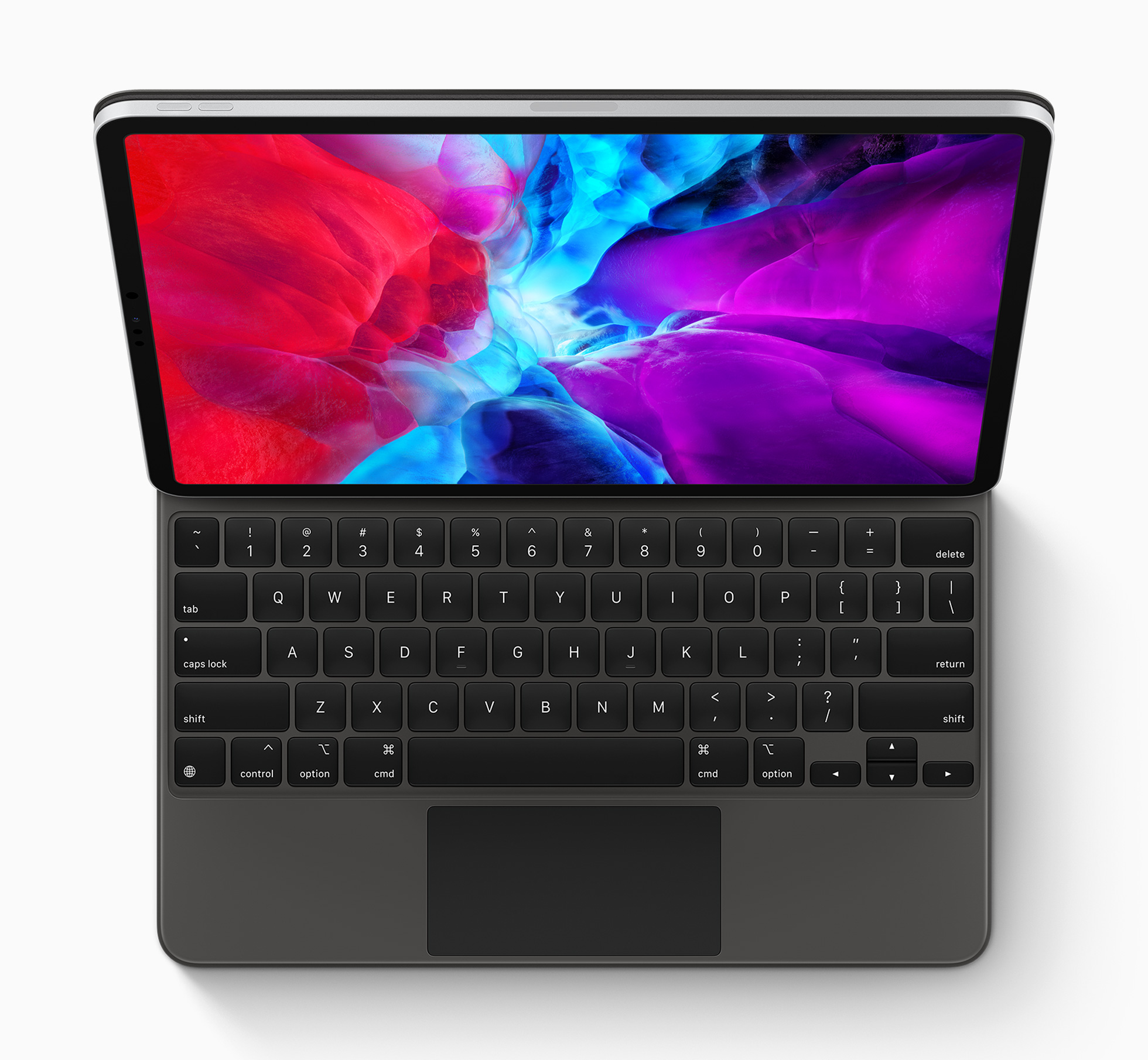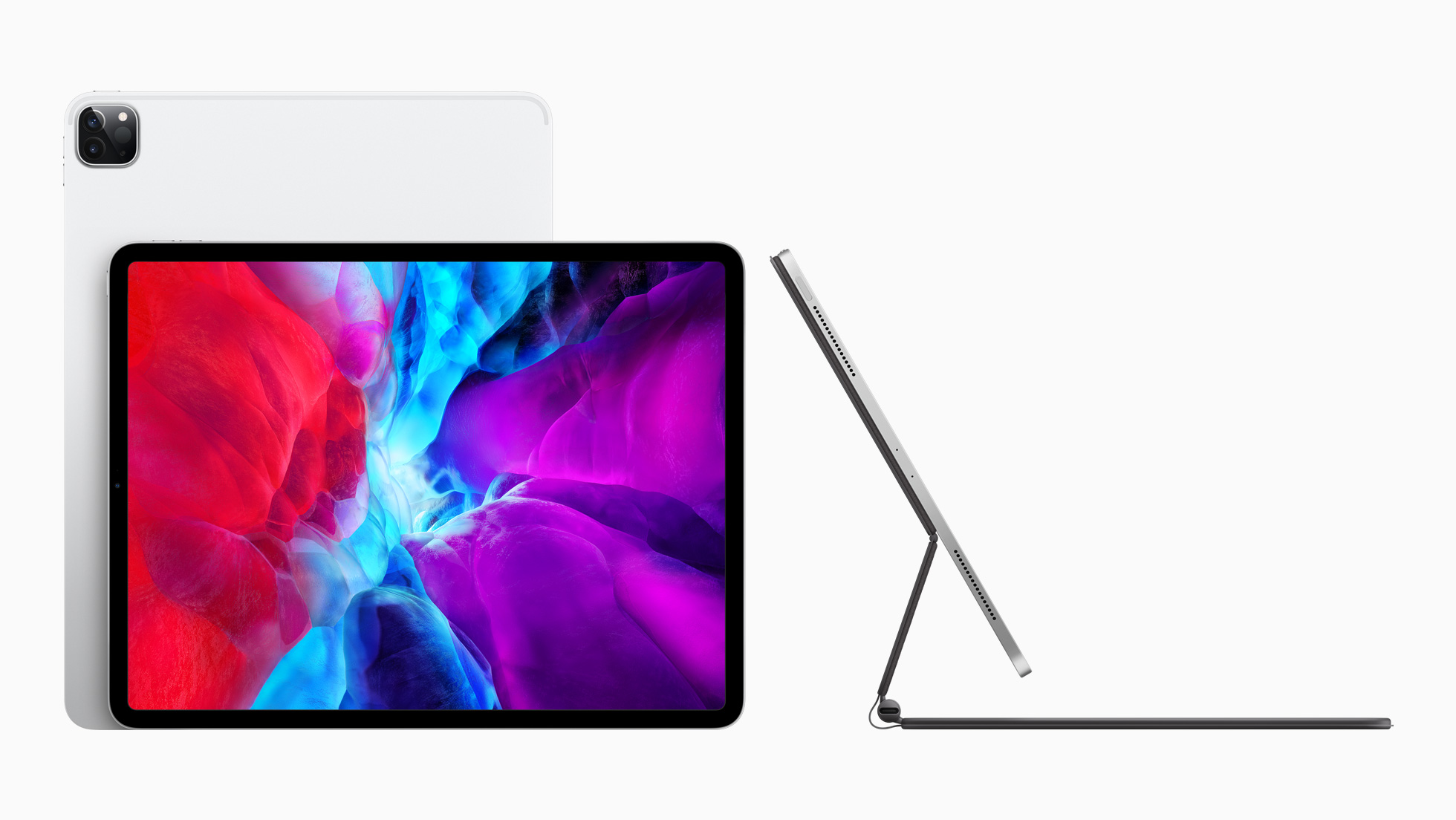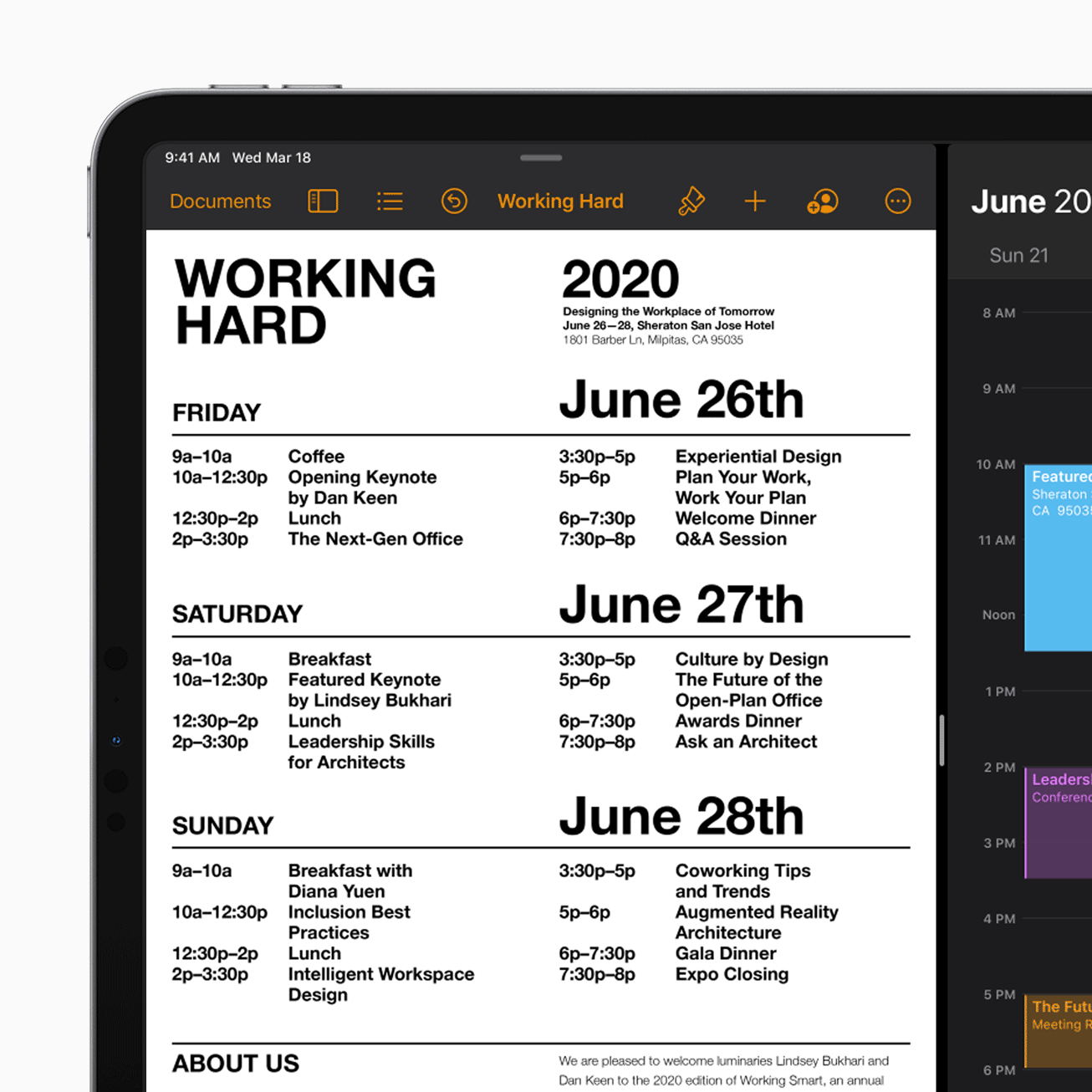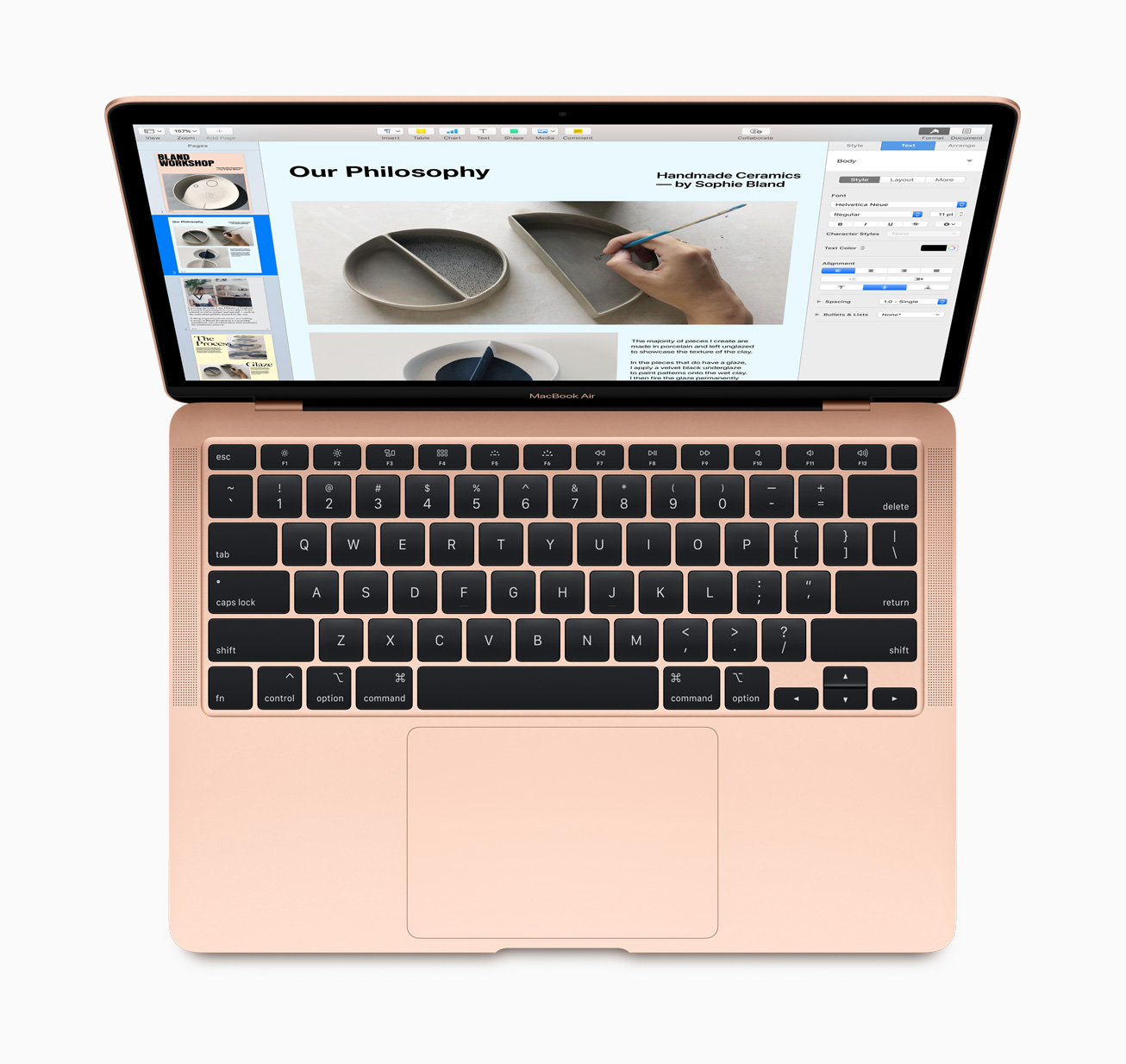Google today announced the second developer preview of Android 11. Like the first preview, this one, too, is only meant for developers and isn’t available as an over the air update. Instead, developers have to manually download and flash their supported devices, which are currently limited to the Pixel 2, 3, 3a or 4.
Unsurprisingly, this second release doesn’t feature any groundbreaking new features and mostly continues the work done with Preview 1. For the most part, these are new APIs and other developer features. You can expect to hear more about user-facing updates in some of the next releases.
“It’s still an early build, but you can start to see how the OS is enabling new experiences in this release, from seamless 5G connectivity to wrapping your UI around the latest screens, to a smarter keyboard and faster messaging experience,” writes Dave Burke, Google’s VP of Engineering, in today’s announcement.
New features in the second preview include a 5G state API to see if a user is currently on a 5G network, so that developers can then activate experiences that necessitate a 5G network, for example. There is also now better support for foldable devices with a new API that can read data from a hinge angle sensor so that apps can, as the name implies, adapt to the angle of the hinge. There are also new APIs for screening robocalls and support for variable refresh rates and more. For developers who use neural networks in their apps, Android 11 will include a new “hard swish-op” function that will enable faster and more accurate training for on-device models.
While most of these updates focus on developers, one feature users will likely notice is ‘resume on boot.’ When an Android 11 device reboots after an overnight over-the-air update, it can now immediately access Credential Encrypted storage and start receiving messages right away. In current versions, the phone would mostly lie dormant until you logged in with your credentials.
from Android – TechCrunch https://ift.tt/2Qtdju1
via IFTTT





